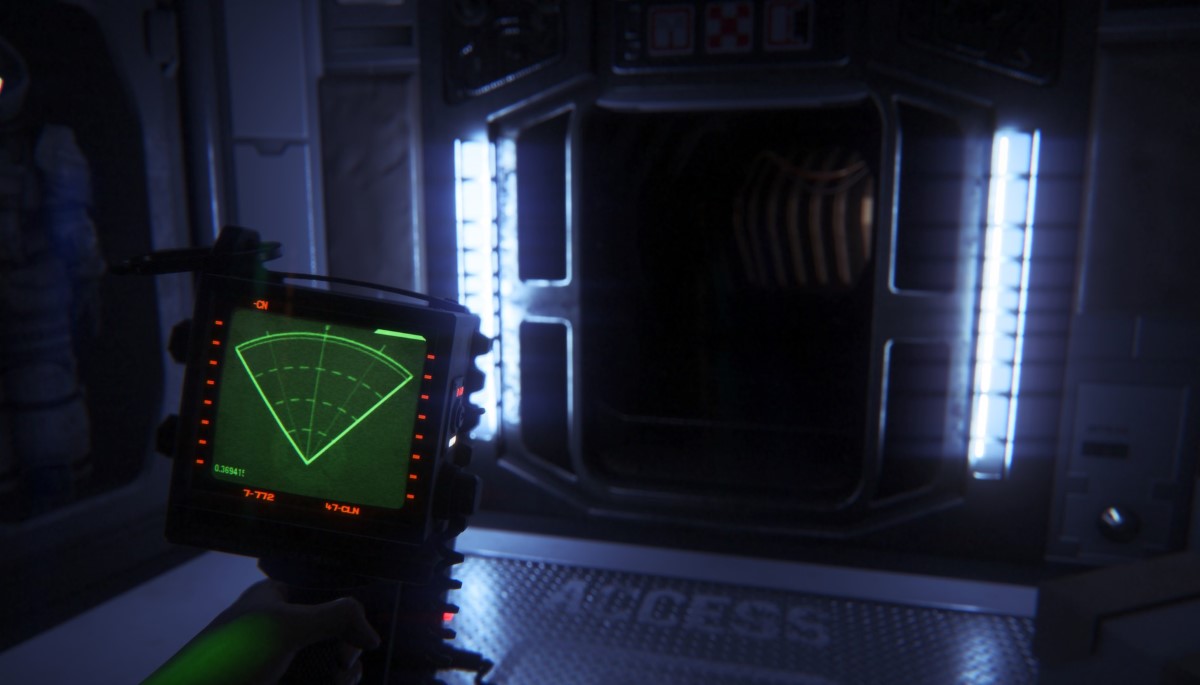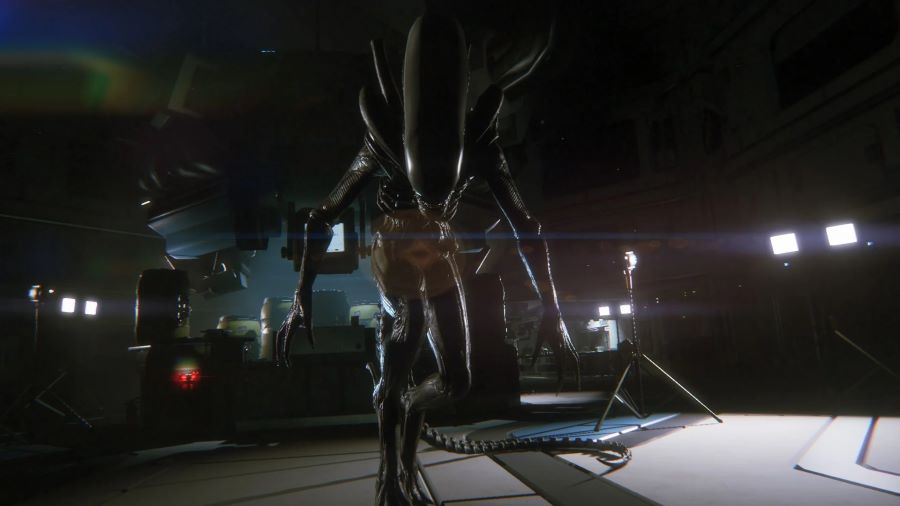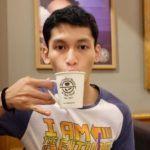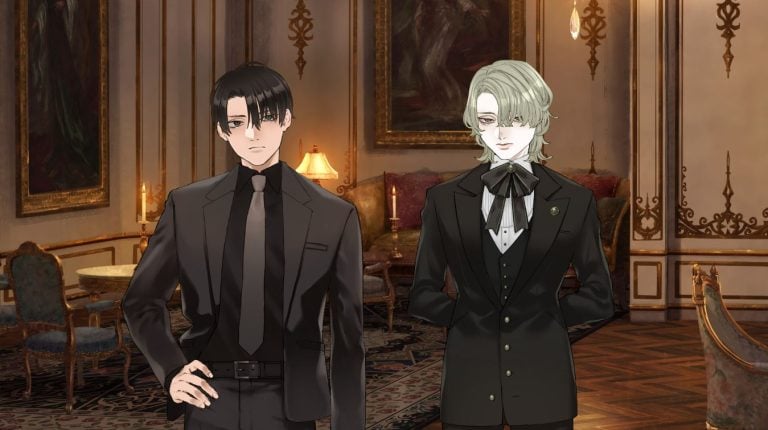As the game’s main foil, Alien: Isolation’s Xenomorph does all it can to impede Amanda Ripley from escaping the space station Sevastopol. Yet despite its suffocating presence, the Xenomorph spends just as much time off-screen as it does within players’ sights. Much like the first Alien movie that inspired it, Alien: Isolation does a fantastic job at simulating horror that both is and is not there.
The Xenomorph’s past activities hint at it’s terrifying presence

The aftermath of the Xenomorph’s actions is made obvious throughout the Sevastopol. Dead bodies lie in hallways, the space station’s functions are either not working or in disarray, and the remaining survivors are on high alert for any loud sounds, large shadows, or unfamiliar strangers. Even Amanda Ripley knows that something is wrong long before she makes contact with the Xenomorph.
Sound is the Xenomorph’s main weapon of fear when it can’t be seen

Things get interesting once the creature is in play. Players get the motion tracker early in the game, removing almost any chance that the Xenomorph can take them by surprise. Instead of relying on jump scares like many horror games, Alien: Isolation uses sound to ramp up the fear factor.
When not in view, the Xenomorph often takes to the vents to get around. In what many Alien: Isolation fans call “backstage” mode, the alien can move faster, set up ambushes, and reemerge close to where it thinks players are. Despite being less of a threat in the vents (it cannot really attack in backstage mode), players can hear the Xenomorph’s movements and see its location on their motion tracker. These indicators increase the stress that players experience as the creature gets closer.
This brings us to how sound works inversely for players, as while the Xenomorph is loud and dominating, players want to remain as quiet as possible to avoid detection. Any sounds made by them or anything else onboard the Sevastopol (i.e. Working Joe synths, enemy humans, or ship functions) can alert the Xenomorph. The closer the Xenomorph is to the player, the more likely it is to hear their movements and come out into the open. While players can use this mechanic to their advantage by using tools like noisemakers to lure the alien elsewhere, the creature will often react to unintended noise. Just like the first Alien movie, silence punctuated by sharp sounds eventually culminates in the appearance of the Xenomorph.
The Xenomorph is still plenty scary when it is visible

Although the general rule of thumb in Alien: Isolation is to avoid seeing the Xenomorph (so that it can’t see you), there will be times when players have to face their fears and tackle the creature when it emerges to search for them. This “front stage” mode of the Xenomorph is far deadlier as the alien’s detection range now includes sight and it can more freely interact with players and the world.
In front stage mode, the Xenomorph goes back and forth in a general search area, opening lockers, checking enterable vents, and making sure each disturbance is thoroughly investigated before moving on. Since it isn’t in the vents, the sounds made by the Xenomorph are far more pronounced, making its mere presence in the world scarier (Alien: Isolation also increases the intensity of the soundtrack the closer the alien is to discovering players).
.
In fact, players will find that the motion tracker’s beeping and the Xenomorph’s hisses can be more frightening than the creature itself. When viewed up close, the creature’s movements can be janky and its animations don’t always translate well into a space station built for human-sized inhabitants. Players won’t be looking at the Xenomorph for too long, however, as doing so can increase the chances of being discovered and eliminated.
In The Book of Alien written by Paul Scanlon and Michael Gross, – which delves into the production of the 1979 Alien film, director Ridley Scott talks about how he created Alien’s atmosphere. “I’ve never liked horror films before, because in the end it’s always been a man in a rubber suit. Well, there’s one way to deal with that. The most important thing in a film of this type is not what you see, but the effect of what you think you saw”. Creative Assembly must have taken Ridley Scott’s philosophy to heart when creating Alien: Isolation, as the game uses sight and sound to their fullest extent to scare players. While the alien in the video game is a collection of polygons instead of a costumed actor, its ability to overload the senses into a state of panic is no less effective than its movie counterpart.
The Alien franchise continues to have an impact on other media- read on to find out how Dead Space’s Necromorphs are similar yet different to Xenomorphs.





